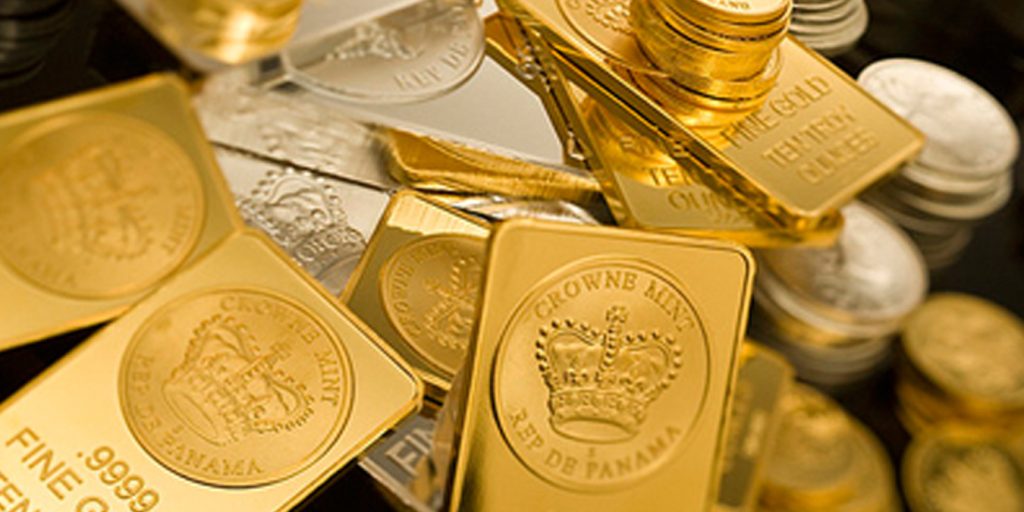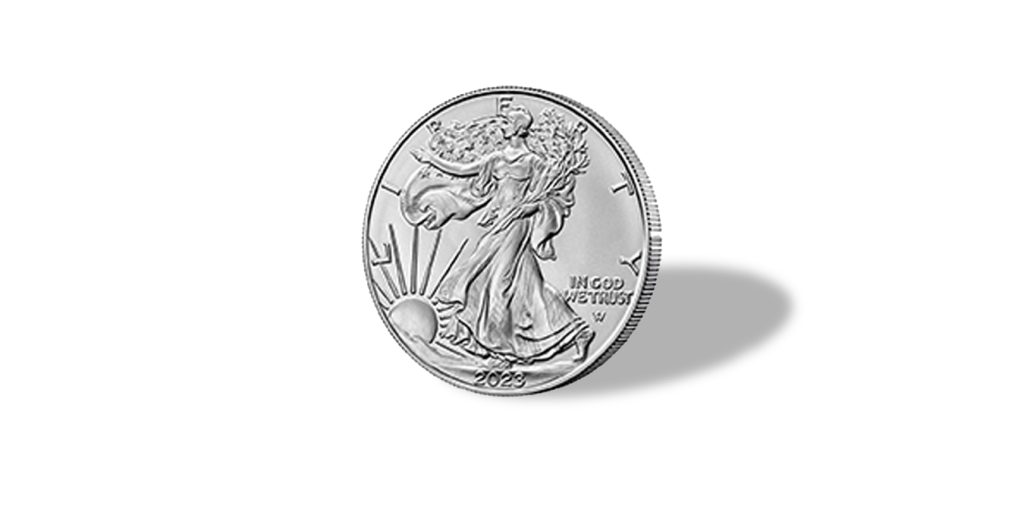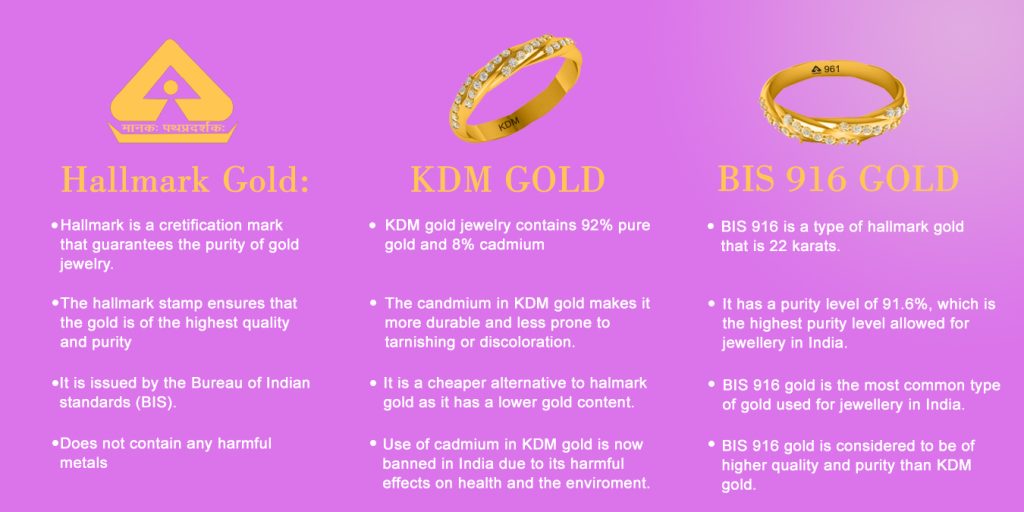Gold has been a valuable and sought-after metal for thousands of years. It is a popular investment option for investors who want to diversify their portfolios or protect their wealth during economic uncertainty.
There are several ways to buy and invest in gold, each with benefits and drawbacks. This article will explore the different ways to invest in gold.
Physical Gold
One of the most common ways to invest in gold is to buy physical gold in the form of bullion, coins, or jewelry. This method allows investors to own and possess physical gold, which can be stored at home or in a safe deposit box. The advantage of physical gold is that it is tangible, and its value is not dependent on the stock market’s performance.
However, owning physical gold also comes with some disadvantages. First, it requires storage, and investors must protect it from theft or damage. Second, buying and selling can be complicated and require expertise. Third, there are transaction costs associated with buying and selling physical gold.

Gold Exchange-Traded Funds (ETFs)
Gold ETFs are investment funds traded on stock exchanges and represent ownership in gold. These funds invest in physical gold and track the price of gold bullion. The advantage of investing in gold ETFs is that they offer exposure to the price of gold without needing physical gold. ETFs also provide investors with liquidity and the ability to trade shares on the stock market.
However, ETFs also have some drawbacks. First, they are subject to management fees, affecting investors’ returns. Second, ETFs are not backed by physical gold, so there is a risk that the fund may not have enough gold to cover all its investors’ shares. Finally, gold ETFs are still subject to the stock market’s performance.

Gold Futures
Gold futures are contracts that allow investors to buy or sell gold at a specific price and time in the future. Futures contracts are traded on exchanges, and the price of gold is determined by supply and demand. The advantage of investing in gold futures is that investors can leverage their investment and potentially earn higher returns. Futures also offer flexibility regarding the size and timing of the investment.
However, investing in gold futures is also risky. Futures contracts are highly leveraged, which means that investors can lose more than their initial investment if the price of gold moves against them. Futures also require expertise, knowledge of the market, and access to a futures trading account.

Gold Mining Stocks
Investing in gold mining stocks is another way to gain exposure to the price of gold. These stocks represent ownership in companies that mine gold and extract it from the ground. The advantage of investing in gold mining stocks is that investors can potentially earn higher returns than by investing in physical gold or ETFs.
However, investing in gold mining stocks also comes with risks. The performance of these stocks depends on the company’s management and operations, as well as the price of gold. Mining stocks are also subject to market volatility and geopolitical risk.
Gold is among the most popular investments worldwide, primarily because of its rarity and value. It has been used as a currency for centuries and has held its value against inflation, making it an excellent asset to diversify a portfolio. There are several ways to buy and invest in gold, each with advantages and disadvantages. In this article, we’ll explore how you can buy and invest in gold.

Physical Gold
One of the most traditional ways to invest in gold is to buy physical gold through coins or bars. Physical gold is tangible and can be stored at home or in a safe deposit box. You can buy gold coins or bars from reputable dealers or online marketplaces.
Advantages:
You own the physical asset
You can store it at home or in a safe deposit box
You can sell it anytime you want
Disadvantages:
You need to find a secure storage location
You need to be careful of counterfeit gold coins and bars
Buying and selling physical gold may require higher fees than other investment methods

Gold ETFs
Gold exchange-traded funds (ETFs) invest in physical gold or gold futures contracts. The fund’s shares are traded on an exchange like stocks, making it easy to buy and sell. The value of the ETF is tied to the price of gold.
Advantages
You don’t need to worry about storage
You can buy and sell gold ETFs like stocks
You can invest a small amount of money
Disadvantages
You don’t physically own gold
You may have to pay management fees for the ETF

Gold Mutual Funds
Gold mutual funds invest in the stocks of gold mining companies or companies that deal with gold. These mutual funds aim to expose investors to the gold market without investing directly in physical gold.
Advantages:
You don’t need to worry about storage
You can invest in a diversified portfolio of gold stocks
You can invest a small amount of money
Disadvantages:
You don’t physically own gold
.The fund’s performance is dependent on the performance of the gold mining industry.

Gold Futures
Gold futures are contracts to buy or sell gold at a future date at a predetermined price. Futures are traded on exchanges; investors can buy and sell them like stocks. Gold futures can be risky, as they require a significant amount of money upfront, and the price may fluctuate significantly.
Advantages:
You can trade gold futures like stocks
You can profit from the price movements of gold
Disadvantages:
Futures trading requires a significant amount of money upfront
The price of gold can fluctuate significantly, leading to losses

Gold Jewelry
Investing in gold jewelry is another way to gain exposure to the gold market. However, investing in gold jewelry is not considered a pure investment since the value of the jewelry is also influenced by factors such as design, craftsmanship, and rarity.
Advantages:
You can wear and enjoy the jewelry
Potential for appreciation in value over time
Disadvantages:
High premiums on the price due to design and craftsmanship
Reselling the jewelry may not provide a return on investment
By exploring these additional subheadings, investors can better understand the different ways to invest in gold and choose the method that aligns with their investment goals and risk tolerance.

Gold Certificates
Gold certificates are a type of paper gold that represents a specific amount of gold. These certificates can be bought and sold like stocks, and the value of the certificate is tied to the price of gold. However, gold certificates can be risky, as they are dependent on the issuing company’s financial stability.
Advantages:
You can buy and sell gold certificates like stocks
You don’t need to worry about storage
Disadvantages:
You don’t physically own gold
Risk of default by the issuing company
Additionally, it’s worth noting that gold can be used as a hedge against currency devaluation and economic instability. During economic turmoil, gold prices tend to rise as investors seek a safe haven asset. Therefore, investing in gold can also provide protection against market volatility and economic uncertainty.
It’s also essential to consider the tax implications of investing in gold. Depending on the investment method, you may be subject to different tax rates and regulations. For instance, gains from physical gold may be subject to capital gains tax, while gains from gold ETFs and mutual funds may be taxed as ordinary income. Therefore, consulting with a financial advisor or tax professional is crucial before making any investment decisions.

Conclusion
However, it’s essential to research and understands the risks involved before investing in gold. As with any investment, there are no guarantees, and the value of gold may fluctuate based on various factors such as market conditions, economic indicators, and geopolitical events. Therefore, it’s crucial to keep an eye on the market and stay up-to-date with the news that may impact the price of gold.
Moreover, it’s also important to consider the costs associated with each investment method. For instance, buying physical gold may require higher fees than buying ETFs or mutual funds. On the other hand, investing in gold futures may require a significant amount of money up front and may not be suitable for all investors.
In conclusion, buying and investing in gold can be an excellent way to diversify your portfolio and protect your wealth against inflation. Whether you choose to invest in physical gold, gold ETFs, mutual funds, or futures, it’s crucial to research and understand the risks involved. With the right investment strategy and a long-term perspective, investing in gold can be a smart move toward building a diversified and robust investment portfolio.



0 Comments